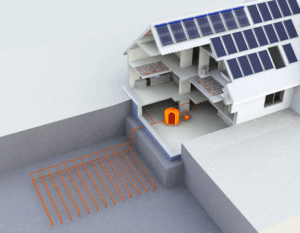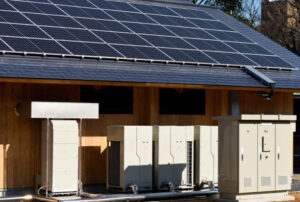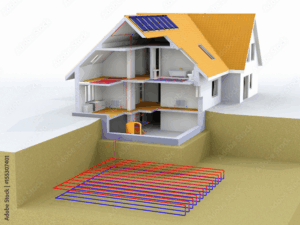Let’s be real—your HVAC system is the unsung hero of your home. It keeps you cool in the summer, warm in the winter, and (hopefully) comfortable year-round. But even the best systems don’t last forever.
So how do you know when it’s time to stop repairing and start replacing?
Here are the top signs you need a new HVAC system—and how to tell when your old unit is costing you more than it’s worth.
1. Your Energy Bills Are Skyrocketing
If your utility bills are climbing but your usage hasn’t changed, your HVAC system could be the culprit. Older units become less efficient over time, especially if they haven’t been properly maintained.
📉 Pro tip: Compare your current bills to last year’s. A noticeable increase? Time to consider a new unit.
2. It’s Over 10–15 Years Old
HVAC systems don’t last forever. The average lifespan is:
- Furnace: 15–20 years
- Air Conditioner: 10–15 years
- Heat Pump: 10–15 years
If your system is getting up there in age, it might be more cost-effective to replace it than to keep repairing it.
3. You’re Constantly Calling for Repairs
A breakdown here and there is normal. But if you’re calling your HVAC tech more often than your best friend, your system is probably on its last leg.
🔧 Frequent repairs = money down the drain. That cash could be going toward a new, high-efficiency unit instead.
4. Uneven Temperatures Throughout the House
Is your bedroom freezing while the kitchen feels like a sauna? Uneven heating or cooling is a major red flag. It could mean your system is too old, too small, or just plain worn out.
A modern HVAC system will distribute air evenly and keep every room comfortable.
5. It’s Making Strange Noises
Banging, clanking, screeching—none of those sounds should come from a healthy HVAC system. Odd noises usually mean internal parts are failing.
If your system sounds like it’s falling apart, it probably is.
6. Poor Indoor Air Quality
If your home feels dusty, humid, or stale, your HVAC system may not be filtering or dehumidifying air properly. Older systems can struggle with air circulation and filtration, especially if filters and ducts are clogged.
Modern systems come with advanced filtration and humidity controls for cleaner, healthier air.
7. It Uses R-22 Freon (and That’s a Problem)
If your unit is still running on R-22 refrigerant, it’s officially outdated. R-22 has been phased out due to environmental concerns and is now super expensive to replace.
Switching to a newer unit with R-410A refrigerant is better for the planet—and your wallet.
8. The Thermostat Never Seems to Get It Right
Are you constantly adjusting the thermostat to stay comfortable? If your system can’t keep up with your settings, it’s likely struggling to perform.
Newer smart thermostats paired with efficient HVAC units respond quickly and keep temps consistent.
9. There’s Too Much Dust (Even After Cleaning)
Do you notice more dust buildup even after vacuuming and dusting? Poor airflow or leaky ducts in an old HVAC system can let debris circulate through your home.
If your allergies are acting up, your HVAC could be to blame.
10. It’s Just Not Comfortable Anymore
Sometimes the biggest sign is the simplest: you’re not comfortable. If your system can’t keep you warm in winter or cool in summer, what’s the point?
You deserve a system that works efficiently and makes your home feel just right—without compromise.
Bonus: The Cost of Waiting Is High
Hanging on to a dying system might feel like saving money—but it’s actually costing you more in:
- Higher energy bills
- Frequent repair fees
- Poor air quality and comfort
- Missed opportunities for rebates and incentives
What’s Next?
If you’ve checked more than a couple of these signs, it might be time to stop fixing and start planning for a replacement.
The good news? Upgrading your HVAC system in 2025 could qualify you for major tax credits and rebates, especially if you go with an energy-efficient option like a geothermal HVAC system.
Want expert advice? Reach out to the pros at Envirotech Geothermal to explore the smartest HVAC upgrade for your home.



